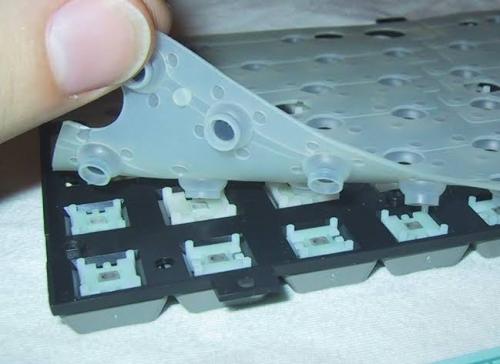Membrane switch panel – details on what are they and what they do

The membrane switches are also referred to as the touch
switches. The switch, like any other switches, is used for turning on/off a
circuit. But there are many differences within the membrane switches when
compared to the normal ones. The membrane switch panel is manufactured by
printing silver or carbon ink within a heat-stabilized polyester film. There is
an overlay that is applied to the first surface of the switch, just like a
graphic interface. Since the above two substrates are actually manufactured
with thin “membrane-like” materials, they are known as the membrane
switches.
We use membrane switches in multiple industries. From the medical to the aerospace industries to the consumer markets, these switches have become very much simplified. Apart from the sectors, these switches are also used in the control systems. For instance, these switches are used in home appliances, computer keyboards, and phones and touch-sensitive applications. Not only they are easy to use; these switches enhance the aesthetics of the machine interfaces while costing less and becoming much more durable than any other form of switches.


The membrane switches indeed look very much different from the regular switches. But the construction of these switches is identical to the proper switches. Typically the membrane switch panels have the following parts. They include a graphic overlay, top circuitry, graphic adhesive, spacer adhesive, backer adhesive, bottom wiring, and a rigid support layer. There are numerous features of the membrane switches. They are manufactured with various materials.
For most of the membrane switches, polyester is used as a
thin film because of the high durability and high-temperature properties. There
are a lot of membrane switch panels
that are manufactured using hard-coated polyester films. The hard-coated
polyester membrane switches are designed specifically for the graphics overlay
film. We make sure that the membrane switches built by our organizations have
the following properties.
·
High conductivity
·
Strong adhesive
properties
·
Silver and carbon
conductors
·
Fast curing feature
·
Flexibility
· High reliability
There are two primary forms of membrane switch panels.
They are known as tactile and non-tactile switches. The membrane touch switches
are named in such a way because they react to the user interaction when the
switch is in contact with the control panel. There is a tactile membrane touch
switch operator that feels the snap action when you press the switch. The
tactile membrane switch panels are used in keypads, interface control panel
applications, and instruments. The tactile and non-tactile membrane switches
are constructed with keyboards that can come with or without any graphic
overlays.
We use the non-tactile touch switches for durable
applications. They are more reliable and economical than the tactile membrane
switches. They feature a much more rigid construction and remain completely
sealed from the external environment. The non-tactile membrane switches are
available in a wide range of shapes and sizes. You can customize them for
different active keypad areas. Since the non-tactile switches do not provide
users with any feedback, they do come with LED indicators or audio
devices.
Post Your Ad Here
Comments (1)
Marketing Consultant...15
Business Growth Consultant
Dear apsense member, share a connection request with me.